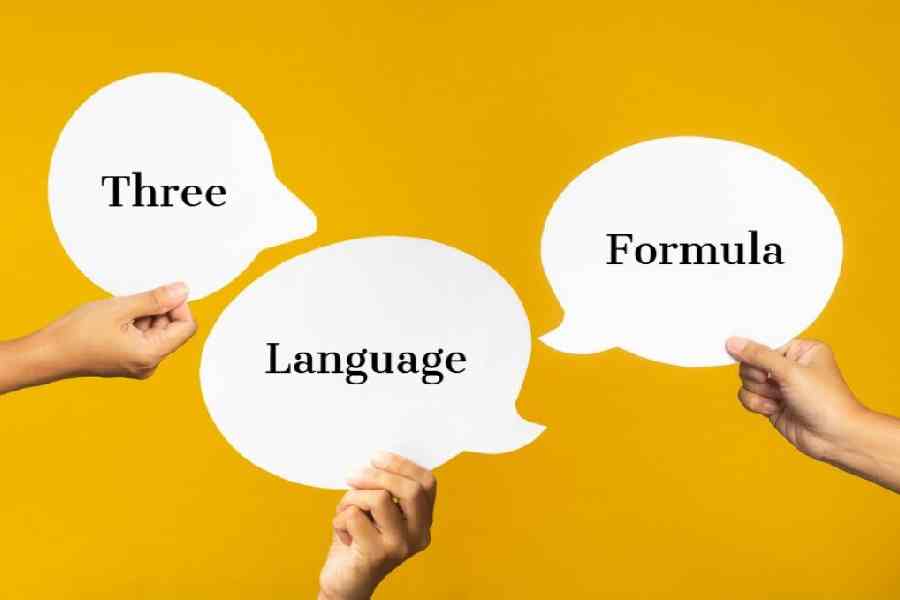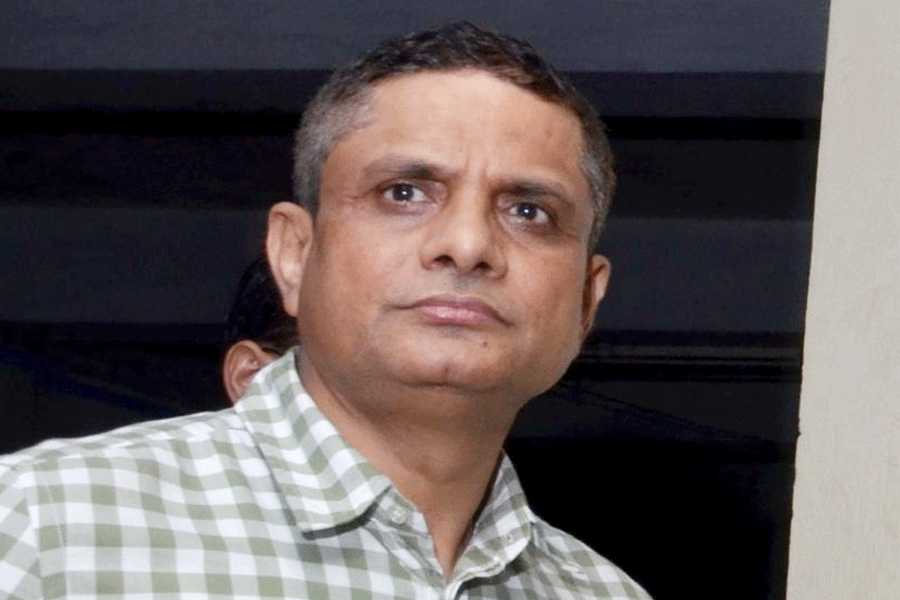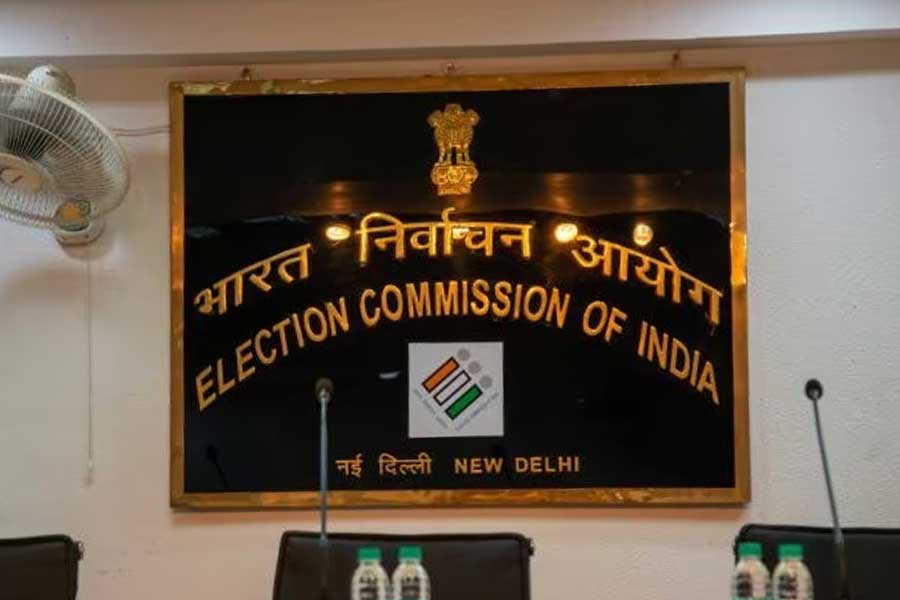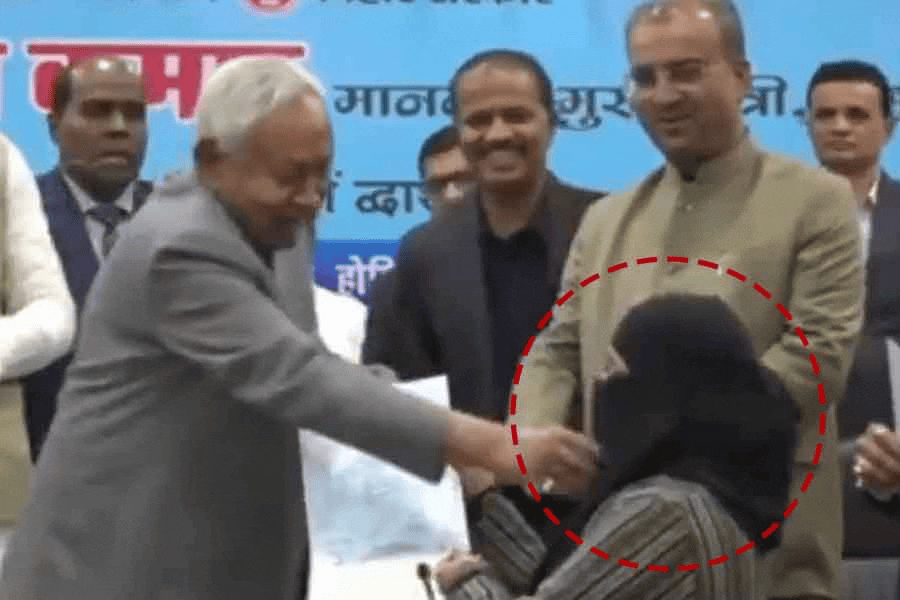In a recent written reply in the Lok Sabha, the minister of state for education, Jayant Chaudhary, stated that schools in North Indian states generally refrained from teaching South Indian languages as the third Indian language. Uttar Pradesh and Bihar, to cite an example, prefer to offer Sanskrit and Urdu, while Madhya Pradesh gives the options of Sanskrit, Urdu, Hindi, Punjabi and Marathi in this category. The National Education Policy of 1968 mandated a three-language formula comprising the mother tongue, English, and a southern language for Hindi-speaking states and Hindi for the southern states as the third language. NEP 2020 modified this further, offering the option of teaching any Indian language as the third language. It may be pertinent to cite the finding of another study in this context. A report based on earlier population censuses and compiled by the Registrar General of India had found that a rise in the number of Hindi speakers between 1991 and 2011 had corresponded to a precipitous decline in native speakers of languages like Tamil, Bengali and Urdu. On juxtaposing these two data sets, it may be reasonable to agree with the argument — anxiety — of states like Tamil Nadu and Kerala that there is, indeed, an imbalance as far as the teaching of languages is concerned and that the NEP is an ideological and policy vehicle to impose Hindi south of the Vindhyas.
But India’s linguistic map and ground realities are far more complex and elude simplistic assumptions and accusations. Consider the inference, derived from the 2011 Census, that every Indian state has at least 10,000 speakers — if not more — of no less than five languages and that non-Hindi speakers are more willing to learn new languages. Given the ongoing demographic transitions, such as a rise in inter-state migration, as well as the traditional diversity in languages in India, sticking to a two-language formula, as Tamil Nadu’s minders are keen on doing, chiefly for electoral reasons, may actually be doing a disservice to the cause of multilingualism.
There is a need to examine the ongoing debate on linguistic choices beyond the ken of shrill politics and ideology. The NEP’s stated intent, at least, is to diversify linguistic choice. This may be a sensible initiative in a country with multiple languages. But some critical issues must be kept in mind while addressing this complex but fascinating matter. The primary consideration as far as the choice of the third language is concerned should be its practicality and utility. Tamil as a third language in, say, Uttar Pradesh would serve no end; the same could be said of Sanskrit even without bringing in the issue of the poor standards of teaching of classical languages. The second, equally important, aspect pertains to the question of representation. If non-Hindi-speaking states are being nudged towards multilingualism, the same should hold true for the Hindi belt that is known to be notoriously conservative in terms of its linguistic preference, sticking to a Hindi-dominated monolingual culture. The southern states have a point in this regard. Finally, the language policy should be free of intimidation and be flexible, responsive to the needs of local populations in terms of the changing social, economic and demographic realities. If India is to do justice to its languages, it should shun politics and embrace practicality.










